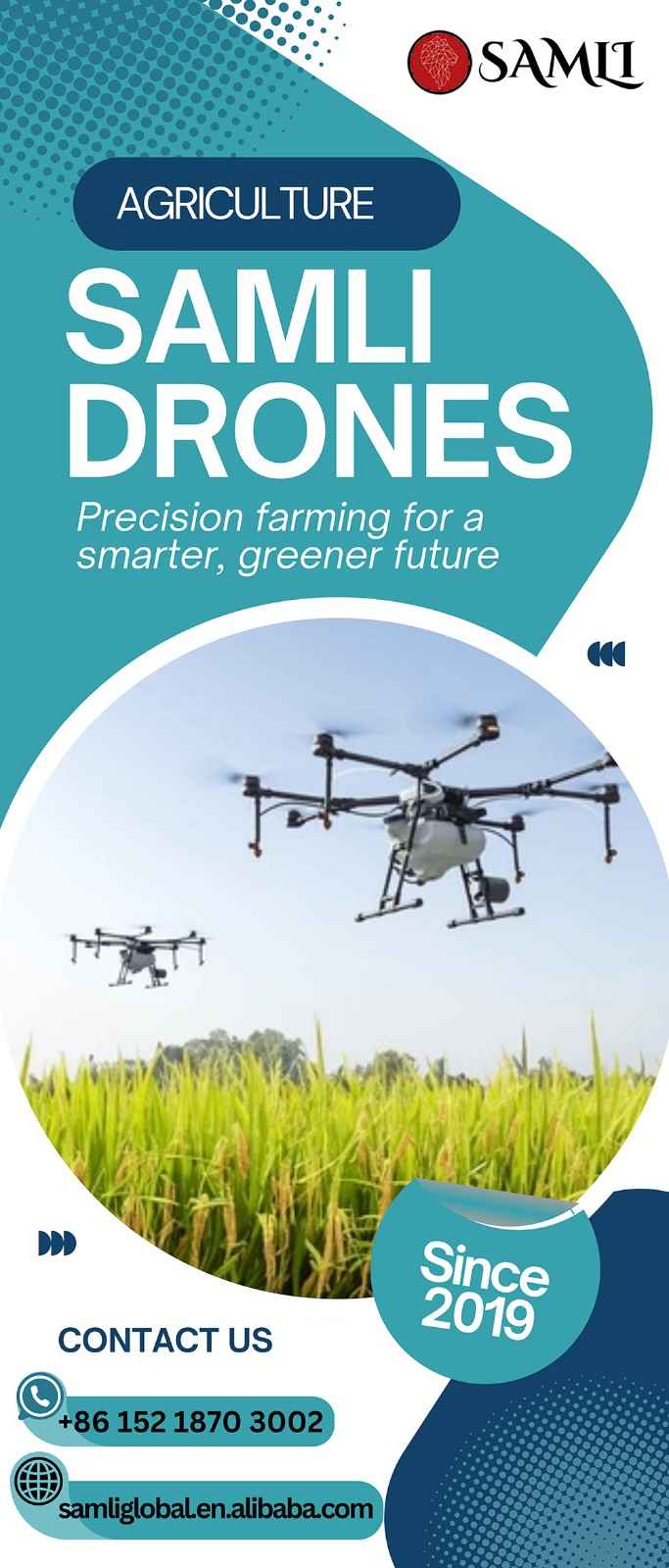In today’s fast-paced business environment, managing documents efficiently is crucial for maintaining productivity, ensuring compliance, and enhancing collaboration. Document management software (DMS) can transform how your organization handles documents, making storing, retrieving, and sharing information easier. Here’s a step-by-step guide on how to successfully implement DMS in your organization.
1. Assess Your Current Document Management Processes
Evaluating your current document management practices is essential before you start the implementation process. Identify the pain points, inefficiencies, and challenges your organization faces with document handling. This assessment will help you understand what you need from document management software and set clear objectives for the implementation.
Key Questions to Consider:
a. How are documents currently stored and organized?
b. What are the common issues encountered in document retrieval and sharing?
c. Are there any compliance or security concerns?
d. How much time is spent on document-related tasks?
2. Define Your Requirements and Goals
Based on your assessment, define your document management software’s specific requirements and goals. Consider the features and functionalities that are crucial for your organization’s needs.
Common Requirements:
a. Secure storage and access controls
b. Efficient search and retrieval capabilities
c. Version control and audit trails
d. Integration with existing systems (e.g., email, CRM, ERP)
e. User-friendly interface
f. Mobile access and remote collaboration features
Clearly defined requirements and goals will guide you in selecting the right DMS and ensure the implementation meets your organization’s needs.
3. Choose the Right Document Management Software
With your requirements in hand, research and compare different document management software options. Look for a solution that aligns with your needs and budget and offers scalability for future growth.
Factors to Consider:
a. Ease of use and user interface
b. Customization options
c. Security features and compliance with regulations
d. Customer support and training resources
e. Pricing and total cost of ownership
f. Reviews and testimonials from other users
Take advantage of free trials or demos to get a hands-on experience with the software and involve key stakeholders in the evaluation process.
4. Plan the Implementation Process
Implementing document management software is a significant project that requires careful planning. Develop a detailed implementation plan that outlines the steps, timeline, and resources needed for a successful rollout.
Implementation Steps:
a. Appoint an implementation team with representatives from IT, management, and end-users
b. Define the scope of the implementation (e.g., departments, locations, document types)
c. Set a realistic timeline with milestones and deadlines
d. Prepare a data migration plan for transferring existing documents to the new system
e. Develop a backup and disaster recovery plan
A well-structured plan will help you stay on track and address any issues arising during the implementation process.
5. Prepare Your Data and System
Organize and clean up your existing data before migrating documents to the new DMS. Remove duplicates, outdated files, and irrelevant documents to ensure a smooth transition. Create a consistent naming convention and folder structure that will be used in the new system.
Data Preparation Tips:
a. Conduct a data audit to identify documents that need to be migrated
b. Categorize and tag documents for easy retrieval
c. Ensure all files are in compatible formats for the new DMS
d. Backup your data before starting the migration
Preparing your data in advance will make the migration process more efficient and reduce the risk of errors.
6. Train Your Team
User adoption is critical to the success of your document management software implementation. Provide comprehensive training to ensure all users are comfortable with and understand the new system’s benefits.
Training Strategies:
a. Offer hands-on training sessions and workshops
b. Create user manuals and quick reference guides
c. Provide ongoing support and resources for troubleshooting
d. Encourage feedback and address any concerns promptly
Well-trained users are more likely to embrace and use the new system effectively in their daily tasks.
7. Migrate Your Documents
With your data prepared and users trained, you can begin the document migration process. Follow your data migration plan and ensure all documents are accurately transferred to the new system.
Migration Tips:
a. Test the migration process with a small batch of documents first
b. Monitor the migration progress and address any issues immediately
c. Verify the integrity and accessibility of migrated documents
d. Update document links and references to point to the new system
A smooth migration process will minimize disruptions and ensure your organization can use the new DMS quickly.
8. Monitor and Optimize
After the implementation, continuously monitor the performance of your document management software and gather feedback from users. Identify any areas for improvement and make necessary adjustments to optimize the system.
Post-Implementation Activities:
a. Regularly review and update document management policies
b. Conduct periodic training and refresher courses
c. Monitor system performance and address technical issues
d. Gather user feedback and implement enhancements
Ongoing optimization will help you maximize the benefits of your document management software and ensure long-term success.
Conclusion
Implementing document management software in your organization can significantly improve efficiency, compliance, and collaboration. Following these steps can ensure a successful implementation that meets your organization’s needs and sets the foundation for streamlined document management. With the right DMS, your business can focus on what it does best, knowing that your documents are securely and efficiently managed.




